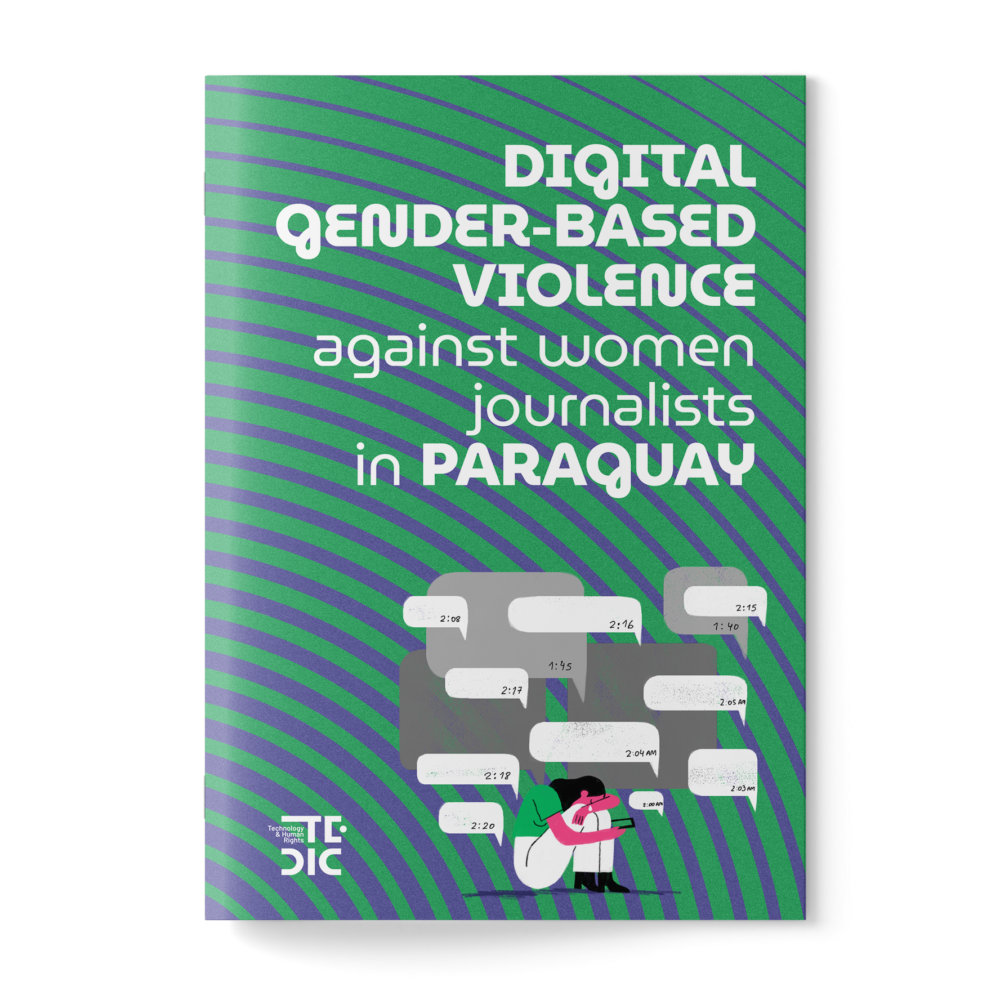
This research presents an in-depth study of the state of digital violence against women journalists in Paraguay – performing a historical analysis, and examining the various aspects currently involved today. Among the issues examined are the various forms of digital violence, the actors involved, the online replication of violence and how women journalists have responded or otherwise been impacted.
A theoretical framework was constructed utilizing the outcomes of interviews and focus groups with over 100 women journalists in Paraguay. Here, a thorough analysis then reveals the scope and consequence of digital violence experienced by communication professionals within the country.
The analysis reveals that digital violence is an increasingly alarming reality, with journalists facing various forms of online aggression, which includes harassment, threats, defamation and exposure of personal information. Triggering and contextual factors that contribute to this violence were also identified, such as the practice of critical journalism, the coverage of sensitive topics and the gender of the journalists.
In conclusion, this research highlights the need to implement protection and support measures for women journalists in the digital environment, as well as to raise awareness and educate society about the harmful effects of digital or violence against communication professionals in Paraguay. It also highlights the importance of having an observatory on digital violence for women journalists in Paraguay to have an improved approach for this phenomenon which negatively impacts the exercise of the profession, the right to freedom of expression and privacy, and the mental and emotional health of the women journalists.
These findings also highlight the significant responsibility held by online platforms in the fight against the proliferation of digital violence – and the key role they play in the promotion of a safe journalistic environment.
This project was supported by the Coalition Against Online Violence.
To access the research annexes click here.

 Regarding the trends in the Antipyrawebs Observatory in 2023
Regarding the trends in the Antipyrawebs Observatory in 2023